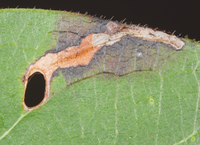
| Recorded by: Dean Furbish on 2025-10-22
Pender Co.
Comment: | 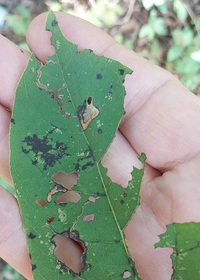
| Recorded by: Mark Basinger on 2025-10-18
Stanly Co.
Comment: |

| Recorded by: Mark Basinger on 2025-10-03
Anson Co.
Comment: | 
| Recorded by: Mark Basinger on 2025-10-01
Hoke Co.
Comment: |
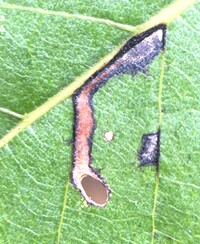
| Recorded by: Dean Furbish, Lior S. Carlson on 2025-09-10
Orange Co.
Comment: | 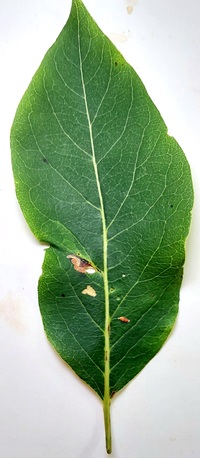
| Recorded by: Mark Basinger, Jim Petranka, and Becky Elkin on 2025-08-03
Moore Co.
Comment: |

| Recorded by: Mark Basinger on 2025-08-01
Stanly Co.
Comment: | 
| Recorded by: Mark Basinger on 2025-07-26
Sampson Co.
Comment: |

| Recorded by: Mark Basinger on 2025-07-24
New Hanover Co.
Comment: | 
| Recorded by: Mark Basinger on 2025-07-24
New Hanover Co.
Comment: |
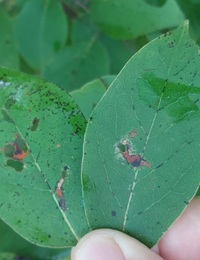
| Recorded by: Mark Basinger on 2025-07-23
Columbus Co.
Comment: | 
| Recorded by: Mark Basinger on 2025-07-20
Brunswick Co.
Comment: |

| Recorded by: Mark Basinger on 2025-07-12
Davidson Co.
Comment: | 
| Recorded by: Mark Basinger on 2025-07-10
Bladen Co.
Comment: |
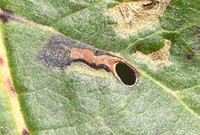
| Recorded by: Dean Furbish on 2024-10-30
Pender Co.
Comment: | 
| Recorded by: David George on 2024-10-21
Durham Co.
Comment: |
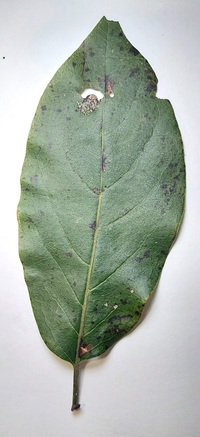
| Recorded by: Mark Basinger on 2024-10-17
Montgomery Co.
Comment: | 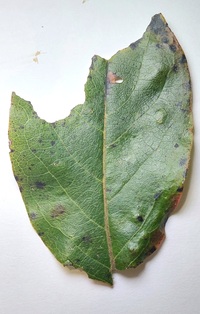
| Recorded by: Mark Basinger on 2024-10-16
Rowan Co.
Comment: |

| Recorded by: Mark Basinger on 2024-09-08
Wilson Co.
Comment: | 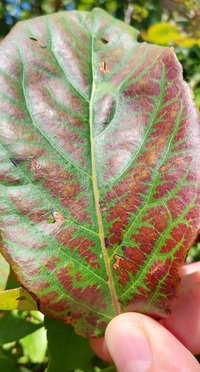
| Recorded by: Mark Basinger on 2024-09-01
Brunswick Co.
Comment: |
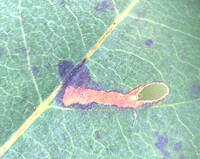
| Recorded by: Dean Furbish, Lior S. Carlson on 2024-08-12
Pamlico Co.
Comment: | 
| Recorded by: Dean Furbish on 2024-07-20
Wake Co.
Comment: |

| Recorded by: Ken Kneidel on 2024-07-15
Mecklenburg Co.
Comment: | 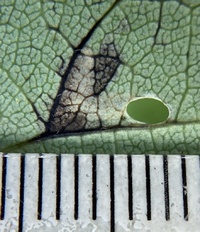
| Recorded by: Ken Kneidel on 2024-07-15
Mecklenburg Co.
Comment: |
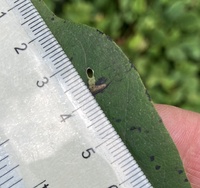
| Recorded by: Ken Kneidel on 2024-07-15
Mecklenburg Co.
Comment: | 
| Recorded by: Tracy Feldman on 2024-06-21
Chatham Co.
Comment: |

| Recorded by: Dean Furbish on 2023-10-26
Pender Co.
Comment: | 
| Recorded by: Dean Furbish on 2023-10-26
Pender Co.
Comment: |
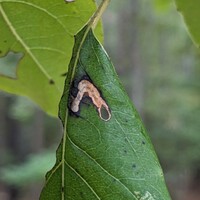
| Recorded by: Jeff Niznik on 2023-09-30
Harnett Co.
Comment: | 
| Recorded by: David George, Jeff Niznik on 2023-09-01
Chatham Co.
Comment: |
|

 »
»